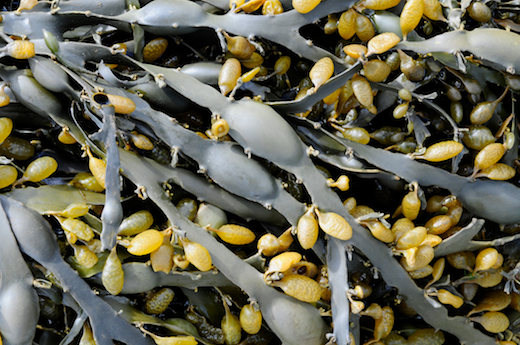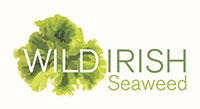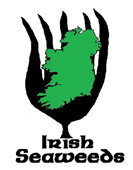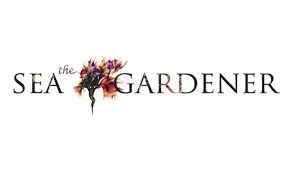Phaeophyceae: Brown Algae
Examples: Laminaria and Saccharina, Fucus, Sargassum muticum, brown seaweeds
Characteristics
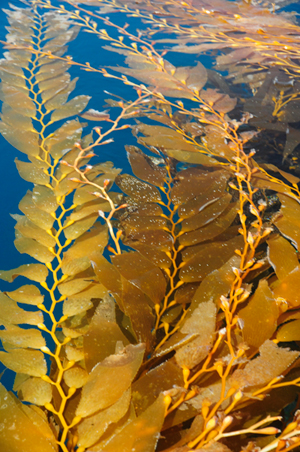 The brown colour of these algae results from the dominance of the xanthophyll pigment fucoxanthin, which masks the other pigments, Chlorophyll a and c (there is no Chlorophyll b), beta-carotene and other xanthophylls. Food reserves are typically complex polysaccharides, sugars and higher alcohols. The principal carbohydrate reserve is laminaran, and true starch is absent (compare with the green algae). The walls are made of cellulose and alginic acid, a long-chained heteropolysaccharide.
The brown colour of these algae results from the dominance of the xanthophyll pigment fucoxanthin, which masks the other pigments, Chlorophyll a and c (there is no Chlorophyll b), beta-carotene and other xanthophylls. Food reserves are typically complex polysaccharides, sugars and higher alcohols. The principal carbohydrate reserve is laminaran, and true starch is absent (compare with the green algae). The walls are made of cellulose and alginic acid, a long-chained heteropolysaccharide.
There are no known unicellular or colonial representatives; the simplest plant form is a branched, filamentous thallus. The kelps are the largest (up to 70 m long) and perhaps the most complex brown algae, and they are the only algae known to have internal tissue differentiation into conducting tissue; there is, however, no true xylem tissue as found in the 'higher' plants.
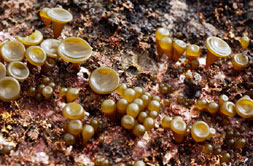 Most brown algae have an alternation of haploid and diploid generations. The haploid thalli form isogamous, anisogamous or oogamous gametes and the diploid thalli form zoospores, generally by meiosis. The haploid (gametangial) and diploid (sporangial) thalli may be similar (isomorphic) or different (heteromorphic) in appearance, or the gametangial generation may be extremely reduced (Fucales). The brown Giant Kelp Macrocystis pyrifera (top) is harvested off the coasts of California for feeding abalone. It used to be used for alginate extraction, but this now mostly comes from Atlantic Ascophyllum nodosum and Laminaria hyperborea. Alginates, derivatives of alginic acids, are used commercially for toothpastes, soaps, ice cream, tinned meats, fabric printing, and a host of other applications. It forms a stable viscous gel in water, and its primary function in the above applications is as a binder, stabilizer, emulsifier, or moulding agent. Saccharina japonica, formerly Laminaria, and other species of the genus are grown on ropes in China, Korea and Japan for food and alginate production. Undaria pinnatifida is also cultivated in Japan, Korea and China for production of Wakame, a valuable food kelp. Small amounts are also grown in Atlantic France for the European market.
Most brown algae have an alternation of haploid and diploid generations. The haploid thalli form isogamous, anisogamous or oogamous gametes and the diploid thalli form zoospores, generally by meiosis. The haploid (gametangial) and diploid (sporangial) thalli may be similar (isomorphic) or different (heteromorphic) in appearance, or the gametangial generation may be extremely reduced (Fucales). The brown Giant Kelp Macrocystis pyrifera (top) is harvested off the coasts of California for feeding abalone. It used to be used for alginate extraction, but this now mostly comes from Atlantic Ascophyllum nodosum and Laminaria hyperborea. Alginates, derivatives of alginic acids, are used commercially for toothpastes, soaps, ice cream, tinned meats, fabric printing, and a host of other applications. It forms a stable viscous gel in water, and its primary function in the above applications is as a binder, stabilizer, emulsifier, or moulding agent. Saccharina japonica, formerly Laminaria, and other species of the genus are grown on ropes in China, Korea and Japan for food and alginate production. Undaria pinnatifida is also cultivated in Japan, Korea and China for production of Wakame, a valuable food kelp. Small amounts are also grown in Atlantic France for the European market.
About 22,000 tonnes of Ascophyllum nodosum (above, Feamainn bhuí in Irish, referring to the yellow colour of the fronds in summer) are harvested each year in Ireland, dried and milled in factories at Arramara Teo., Cill Chiaráin [Kilkerrin], Co.  Galway; and some 3,000 t of the resulting seaweed meal is exported and processed in Scotland for the production of alginic acid. Laminaria hyperborea stipes (sea rods) are harvested in Norway and used to be collected in drift in Scotland and Ireland. The rods are used for the manufacture of high-grade alginates. Other brown algae are used for the extraction of agricultural sprays ('liquid seaweed extracts'). These extracts are used at low concentrations on crops and their hormone-like activities are thought to be due to betaines, cytokinenins, etc. In some areas, like the west of Ireland and Scotland, kelps and other brown algae are gathered as a fertiliser for land
Galway; and some 3,000 t of the resulting seaweed meal is exported and processed in Scotland for the production of alginic acid. Laminaria hyperborea stipes (sea rods) are harvested in Norway and used to be collected in drift in Scotland and Ireland. The rods are used for the manufacture of high-grade alginates. Other brown algae are used for the extraction of agricultural sprays ('liquid seaweed extracts'). These extracts are used at low concentrations on crops and their hormone-like activities are thought to be due to betaines, cytokinenins, etc. In some areas, like the west of Ireland and Scotland, kelps and other brown algae are gathered as a fertiliser for land
There are about 1800 species of brown algae, and most are marine. In general, brown algae are larger and more species are found in colder waters. Virtually all the biomass worldwide comes from a relatively small number of species in the orders Laminariales and Fucales. The total wholesale value of dried brown algae worldwide collected in the wild or cultivated is about $300 million.

